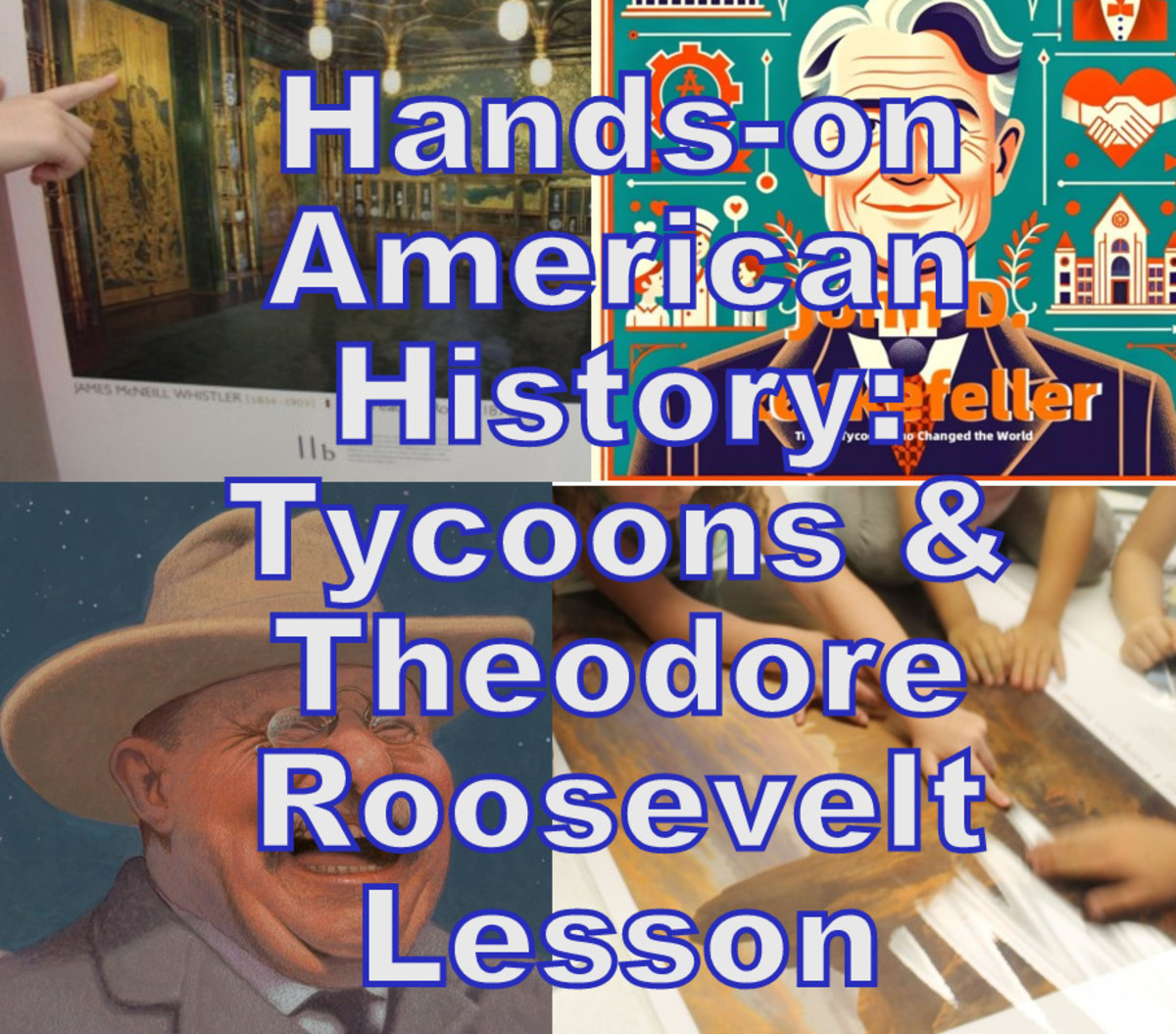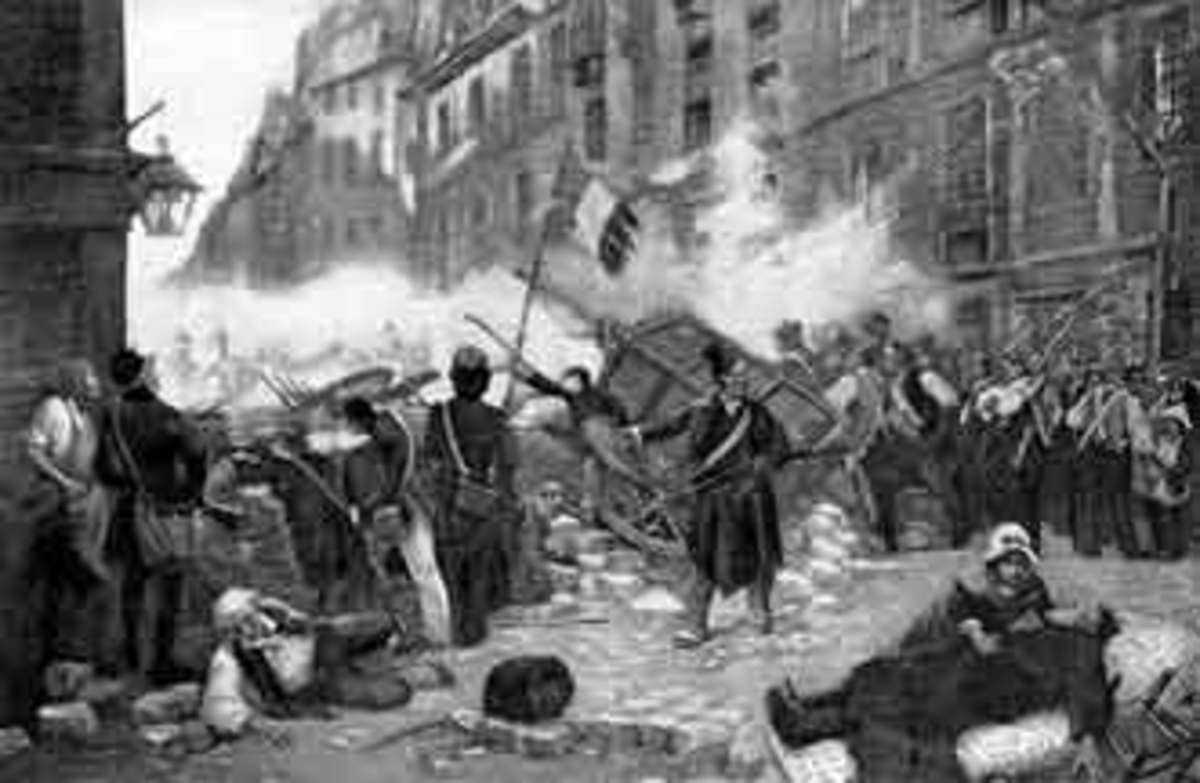Important Men in World History

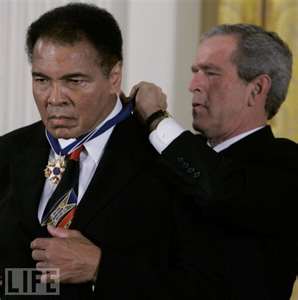
- Famous Men Quotes
These Men Quotes come from some of the most successful & respected men of all time.

Men are Important to World History
First in a series highlighting the contributions of men to the world by Dexter Yarbrough.
There is an old adage that says, "A lie can be halfway around the world before the truth can get its shoes on." Oh, how true. In many ways, men have been demonized in today's world. Often forgotten are the contributions that men have made during the continuing history of the world.
Because of the advent of PC (political correctness), many men have been castigated to the role of meningless - (this is not a typographical error. It is a new term that I am officially coining - so give proper credit) defined as a male having no meaning or function outside of the original reasons for his creation: procreation, protection and provider. Many men have succumbed to an overly progressive, left-leaning political desire to lower-testicularize (another term I am coining) the role of men in the world today and historically.
Unfortunately, many men have sold out others by trivializing the importance of men in history, as well as today, at the expense of chumming up to those for their own forms of gratification. The lie travelling around the world and continually insinuated is that men, in general, are bad or evil. Don't believe the lie!
This series of Hubs will focus on the positive contributions of men to the world. Men of all colors, politics and other leanings will be featured. It is my intention that we all learn from the past and present contributions of men, and by doing so, lessen the effort (intentional or non-intentional) to place great men in categories intended to marginalize and minimize.
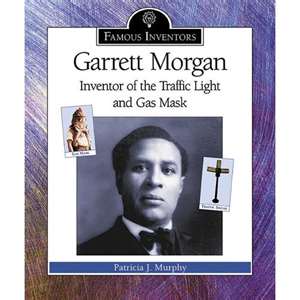

- Famous Black Scientists
For a prosperous country, there is a need to advance in technology, warfare, education and the field of medicine. - Black Inventors and Innovators - Garrett Morgan
Garrett Morgan was born March 4, 1877 in Paris, Kentucky and died August 27, 1963 in Cleveland, Ohio.

Garrett Morgan
The first man I would like to highlight is Garrett Morgan. Garrett Morgan was an inventor and businessman from Cleveland, Ohio. He is known for inventing the gas mask and traffic signal, along with other inventions. Garrett Morgan hired a tutor while living in Cincinnati (his formal education never exceeded elementary school) and continued his studies in English grammar. Morgan moved to Cleveland, Ohio in 1895 and went to work as a sewing machine repair man for a clothing manufacturer. Due to his proficiency for fixing things, news traveled fast, which led to numerous job offers from manufacturing firms in the Cleveland area.
Garrett Morgan opened his own sewing equipment and repair shop in 1907. This shop was the first of several businesses he would establish. He expanded the enterprise in 1909 to include a tailoring shop, which employed 32 employees. The equipment that Garrett Morgan made was used to coats, suits and dresses.
Garrett Morgan made national news on July 25, 1916, for using his gas mask to rescue 32 men trapped during an explosion 250 feet beneath Lake Erie. Morgan's company, after the rescue, received requests from fire departments around the country who wished to purchase the new masks. The gas mask invented by Morgan was later refined for use by the U.S. Army during World War I.
Garrett Morgan established the Cleveland Call, when he moved into the newspaper business in 1920. He became a prosperous and widely respected businessman, as time went on, and he was able to purchase a home and an automobile. It was Morgan witnessing a collision between an automobile and a horse-drawn carriage, while driving in Cleveland, that caused him to decide to invent an improvement to traffic signals.
It was not uncommon, during the early years of the 20th Century, for bicycles, horse-drawn carriages and new gasoline-powered motor vehicles to share the same streets and roadways with pedestrians. As you can imagine, accidents were quite frequent with these different forms of vehicles. Other inventors had experimented with, marketed and even patented traffic signals, however, Garrett Morgan was one of the first to apply for and acquire a U.S. patent for an inexpensive to produce traffic signal. The patent was granted on November 20, 1923. Garrett Morgan also had his invention patented in Great Britain and Canada. The traffic signal Morgan invented was a T-shaped pole unit that featured three positions: “Stop,” “Go,” and an all-directional stop position. The "third position" halted traffic in all directions so that pedestrians could cross the streets more safely.
Garrett Morgan's traffic signal was in use throughout North America until all manual traffic signals were replaced by the red, yellow and green traffic signals in use around the world. It is interesting to note that Garrett Morgan sold the rights to his traffic signal to the General Electric Corporation for $40,000. Garrett Morgan was awarded a citation for his traffic signal by the United States Government, shortly before his death in 1963. Garrett Morgan is a man whose contributions to the world are historical.
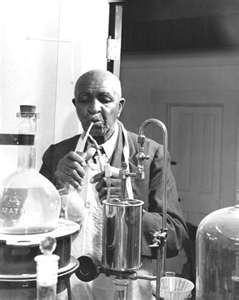
- George Washington Carver National Monument
George Washington Carver today remains one of the nation's top scientists, a man who devoted his life toward the study of agriculture and farming. - Sweet Potato Snacks All Year Long
George Washington Carver is well known for his development of 100s of products from the peanut grown in the American South.
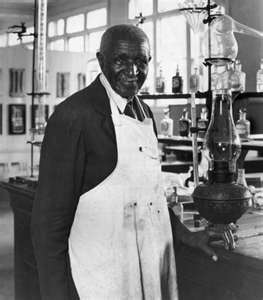
George Washington Carver
George Washington Carver, the second man featured in this hub, is so profound that his influence is still being felt to this very day. As a great 20th Century scientist, Dr. Carver devoted his life to understanding nature and the many uses for the simplest of plant life. He rose from slavery to become highly respected around the world.
Dr. Carver is best known for discovering hundreds of new uses for crops, such as the peanut, and developing crop-rotation methods for conserving nutrients in soil. The products he derived from the peanut, soybean and other crops helped revolutionize the economy of the South by liberating it from an overwhelming dependence on cotton.
Dr. Carver was a well-educated man. In 1895, he co-authored a series of papers on the prevention and cures for fungi affecting cherry plants. He received his Masters degree in agriculture in 1896. Booker T. Washington, the founder of the Tuskegee Institute, hired Dr. Carver in 1897 as his director of agriculture.
At Tuskegee, Dr. Carver developed his crop rotation method. This method involved alternating nitrate producing crops, such as peanuts and peas with cotton. It was well known that cotton depletes the soil of its nutrients. Southern farmers then began planting peanuts one year and cotton the next. While many of the peanuts were used to feed livestock, large surpluses quickly developed.
Dr. Carver then developed approximately 325 uses for peanuts, including using them for cooking oil and as ink in printers. He then found that pecans and sweet potatoes also enriched depleted soils. Among the uses for these crops included synthetic rubber and material for paving highways.
Due to the many accomplishments of Dr. Carver, he was honored as Man of the Year in 1940 by the International Federation of Architects, Engineers, Chemists and Technicians and he received honorary Doctor of Science degrees from Simpson College as well as the University of Rochester. Dr. Carver was inducted into The National Inventor's Hall of Fame in 1990 for his accomplishments.
Dr. Carver, just as Garrett Morgan, contributed much to the world and should be honored among the greatest of men for his dedication to improving and enhancing life for others.
Second in the Series
The second part of this series will focus on Thomas Jefferson. Stay tuned! - Dexter Yarbrough
- Important Men in World History #2
Thomas Jefferson was a great American. He spent his childhood roaming the woods and studying his books. At the age of 9, he studied Latin, Greek and French. - Dexter Yarbrough on Hubpages
When I first came to Hubpages, I didn't know what to expect. Within hours of signing up, I had fan mail welcoming me and a few followers.



